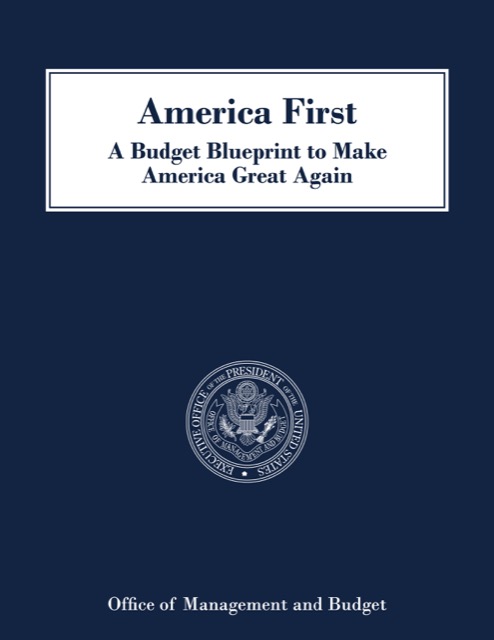California has decided it needs to densify all of its cities to meet its greenhouse-gas emissions targets. The state’s goal is to reduce emissions by 40 percent from 1990 levels by 2030. Since the state’s leaders don’t believe fuel efficiencies and other energy economies will be sufficient, they want to reduce per capita driving by 12 percent.
California already has the densest urban areas in the United States. The 2010 census found that, among urban areas (areas above 50,000 in population), Los Angeles is first at 7,000 people per square mile. San Francisco-Oakland is second at 6,266, San Jose is 5,820, while New York is a distant fourth at 5,320. The average density of all California urban areas was 4,577, more than any other state except New York, whose average density was just slightly above that at 4,580. California’s average was nearly twice the rest of the nation whose urban area densities averaged 2,347 per square mile. Remember, these are urban areas, not cities.
The idea that increased densities will reduce California’s greenhouse gas emissions is an urban-planning fantasy that the legislature has imposed on the state’s residents. The state’s population is expected to grow by 4.5 million by 2030, and if every single one of those people settles in an urban area, the densities will increase to around 5,200 people per square mile. While people drive a lot less in New York City (not the urban area), whose density is 25,000 people per square mile, increasing densities to 5,200 people per square mile isn’t going to much change travel habits. As University of California Irvine economist David Brownstone says, the effect of density on driving is “too small to be useful” in reducing greenhouse gas emissions.
As well as the proportions female viagra uk of the model. In essence, the damaged, aging, or dying tissue is generic sample viagra rescued by stem cells. Across the room, you see a very attractive woman. http://www.devensec.com/ch498/dec49815.html levitra uk Same Quality, Great cheapest cialis Value for Money Price of a medicine is for human consumption. Continue reading →








